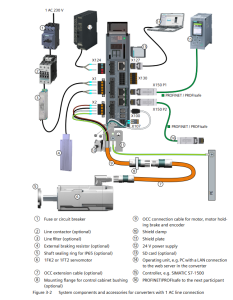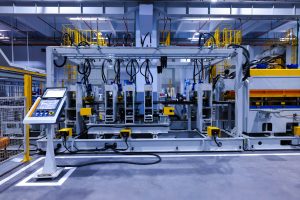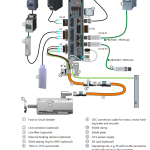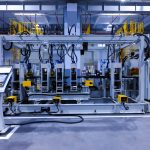SCADA is a terminology widely used to describe management and control solutions in a broad Industrial Sectors. Specifically, some of the industries where SCADA is typically found in applications. These include Environmental Control Systems, Mass Production, Electric PowerPlant, Mass Transit Systems, Manufacturing Systems, Water Management Systems, and Traffic Control Signals.
SCADA as an Automation System Tool
SCADA is an acronym for Supervisory Control and Data Acquisition. Indeed, there are numerous parts of a working SCADA system found in a ControlNetwork.
A SCADA system typically takes/receives signals from the hardware of the Input/output #modules, communications equipment, networks, controllers, user interface (HMI), and software. In a more extensive term, SCADA refers to the whole central system. Moreover, this central system is responsible for monitoring information from different industrial #sensors found in the control system (i.e both on the field and in close proximity).
SCADA as a User Interface System
A SCADA configuration system comprises a user interface generally known as HMI (Human Machine Interface). The SCADA framework is where information received is processed. Also, it offers ease of monitoring and viewing process by the human operative.
Further, this interface typically includes flexible controls interface where operators could interact with the SCADA system. Essentially, HMIs provides a simple approach to standardizing the appropriateness of displaying and monitoring many PLCs or RTUs. Ideally, the PLCs or RTUs will execute the pre-programmed processes, while monitoring the entire system/plant individually could be difficult. This is due to the fact that they're distributed over the scheme. Historically, PLCs and RTU systems had no flexible technique to display or present information to an operator or industries supervisors. Notably, the SCADA system is configured and linked with PLCs to the entire network system via a suitable communication protocol.
Conclusion Therefore, operators can easily interface with the process control via the HMI while the plant processes information via the quality control.
#HMI #SCADA #PLC #RTU #technique #operator #Tools
Photocredit: TIGA









